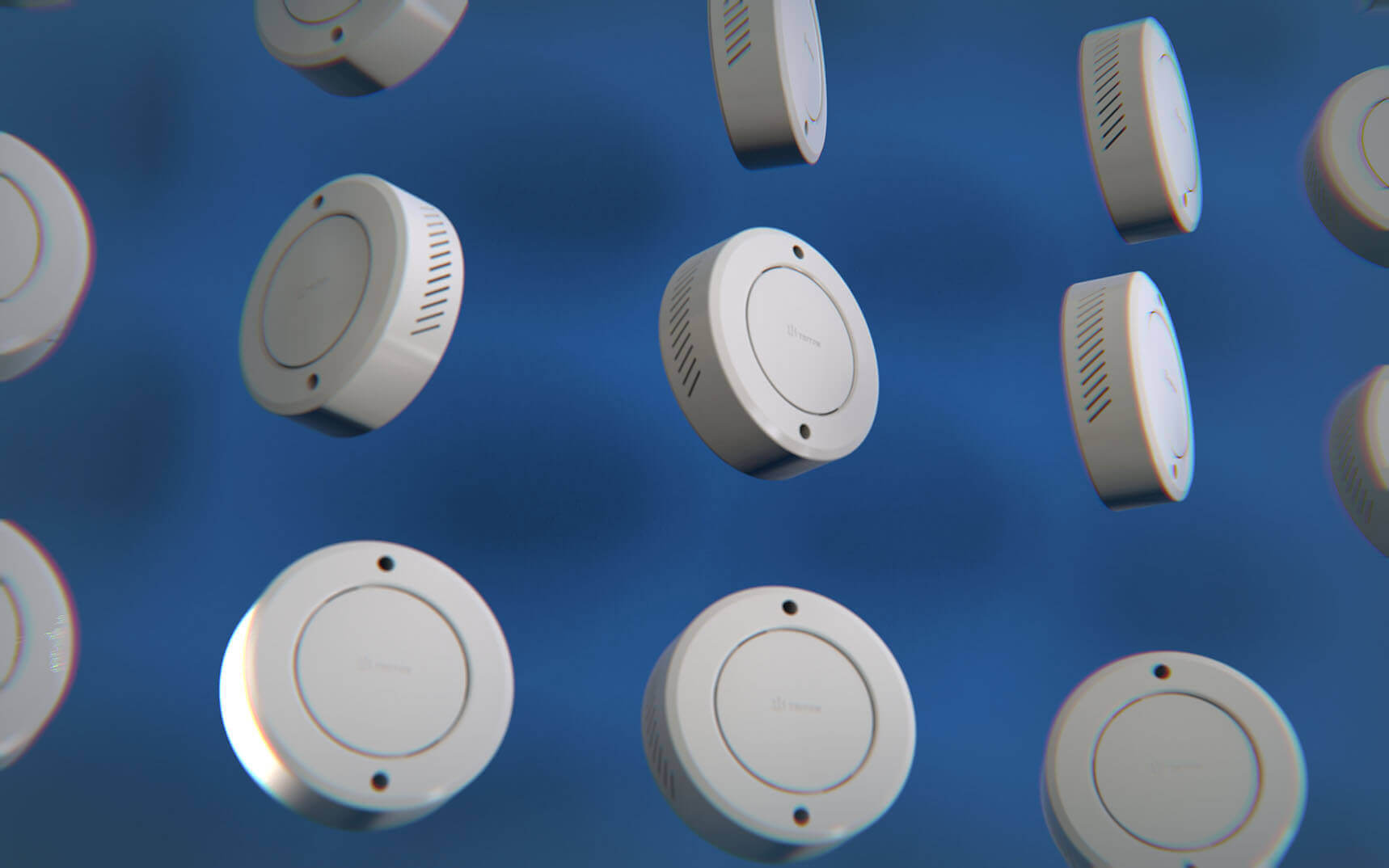Vaping was once a scourge at schools. Students would sneak into bathrooms between classes, and flavored nicotine and THC vapors disappeared without trace. Administrators and teachers felt helpless until districts began to turn to an entirely new method of defense that was the vape detector.
Today schools across the nation are reporting major success stories which demonstrate just how transformative this technology has the potential to be in tackling the vaping epidemic.
A Case Study of reducing vaping by 83% within 10 Weeks
Luling Independent School District faced an extremely serious issue with smoking. Students continued to smoke even regardless of numerous warnings and a stricter policy. Smoke alarms aren’t effective against vapor. There was no way for staff to be everywhere.

The district tested several vape detection devices in March. The results were impressive. The number of instances of vaping dropped significantly within five weeks. After 10 weeks, vaping had decreased by 83%..
The success of the program exceeded just the numbers. Teachers reported less interruptions and the students started to understand that vaping will not be tolerated.
Match Charter Schools also enjoy similar successes
Match Charter Schools is another powerful instance. They fought to stop vaping at high and middle schools. The effects of the vape smoke detectors that they put in place in August was immediately felt.
Then, in December, less than four months later, the administrators announced an 80% decline in weekly vaping incidents. Parents applauded the school’s tangible steps to safeguard their children, while teachers observed a decrease in loitering in the hallways as well the reduction in bathroom congestion.
These two districts reflect the growing trend: schools that embrace vape detection experience tangible improvements in their behavior and overall safety.
What are the factors that make vape detectors successful?
The technology that is behind the results is what makes them possible. Modern vape detectors do more than simply detect the presence of vapor. They also keep track of air quality and occupancy levels and also send staff alerts in real time. Administrators do not have to rely upon guesswork or reports built on data from after the fact.
Detectors have also been designed with privacy in mind. No cameras. No audio recording. No audio recordings. All you need is instant, precise data that aids schools in implementing swiftly and without violating student’s rights.
Vape detectors are among the best safety tools that schools are able to use today. They are a great way to ensure the requirement for compliance.
Beyond Vaping: A Wider Safety Net
What many administrators understand is detectors aren’t only for vaping prevention. Advanced systems can detect loud sounds, keyword triggers linked to emergency situations, or even vandalism threats.
In the event that, for example, the group is seen to be slooting in a toilet the detector will alert you to an unusually high degree of occupancy. Staff will be alerted immediately if a person shouts out an emotional word such as “help”. In this way, vape detectors for schools become part of a larger safety strategy one that addresses both health risks and potential violence.
Parents and Boards are in support of Vape Detectors
The most often ignored benefit is the confidence that comes from transparency. The use of detectors by schools can provide reports that reveal clearly the trends in vaping. These reports are made available to school board members, parents and members of the community, offering proof that steps are being taken.
Parents are particularly responsive to the tangible results. A vape detector doesn’t just catch students. It protects their health as well as reinforces the message to them that vaping does not belong in school.
The Summary is a Proven Path for the Future
For years, vaping felt like an invisible battle that schools were unable to take on. However, cases from districts across the nation prove otherwise. By using a vape detector administrators can detect instances in real-time and discourage dangerous behavior and create safer environments for students.
The vaping crisis is far from being resolved however, the tide is changing. Vape detection technology isn’t only an answer to the issue, but a way for schools to be the first to create making their schools a healthier place for their students.
Conclusion
Schools in Texas and Massachusetts are proving technology works. Modern vape detectors do more than just sound an alarm it reshapes behavior which builds trust and can provide a lasting solution to one of the most pressing student health concerns. Vape detectors have become a norm for any school district that cares about security.